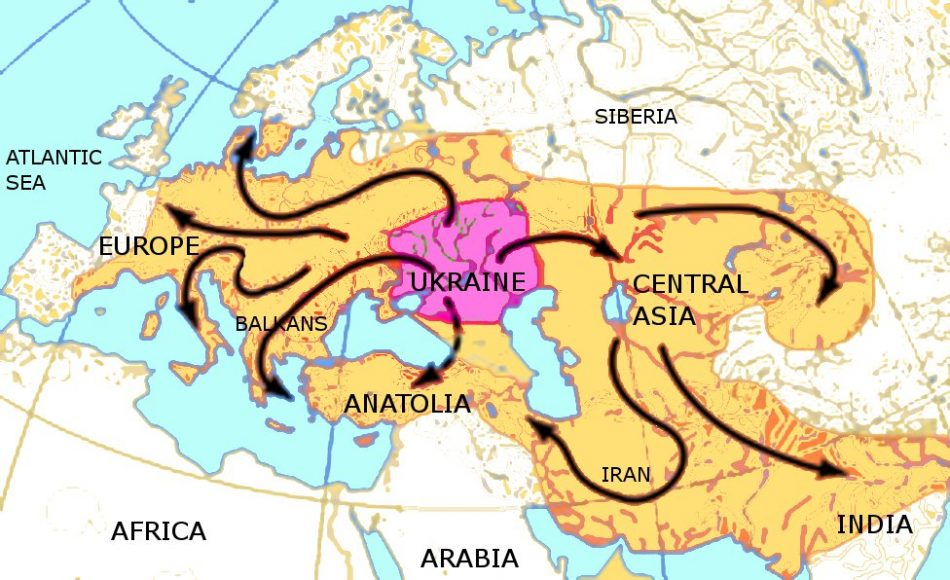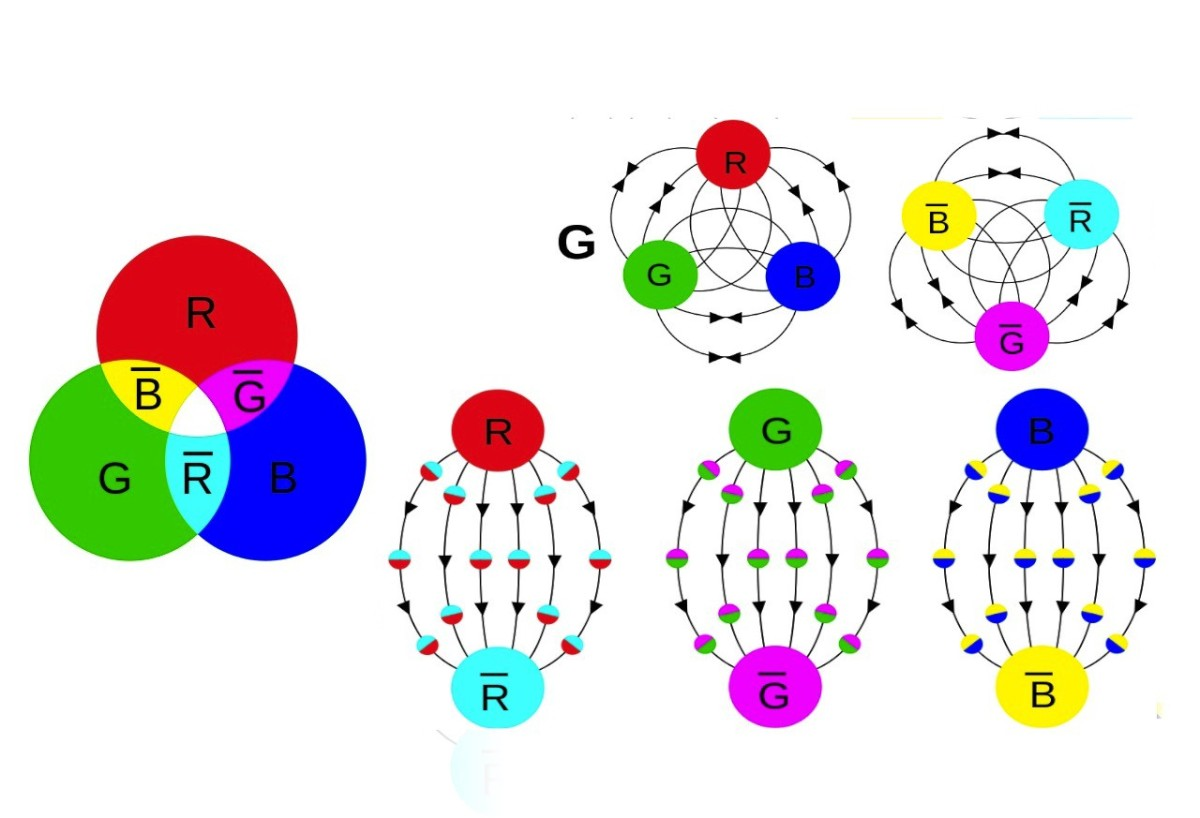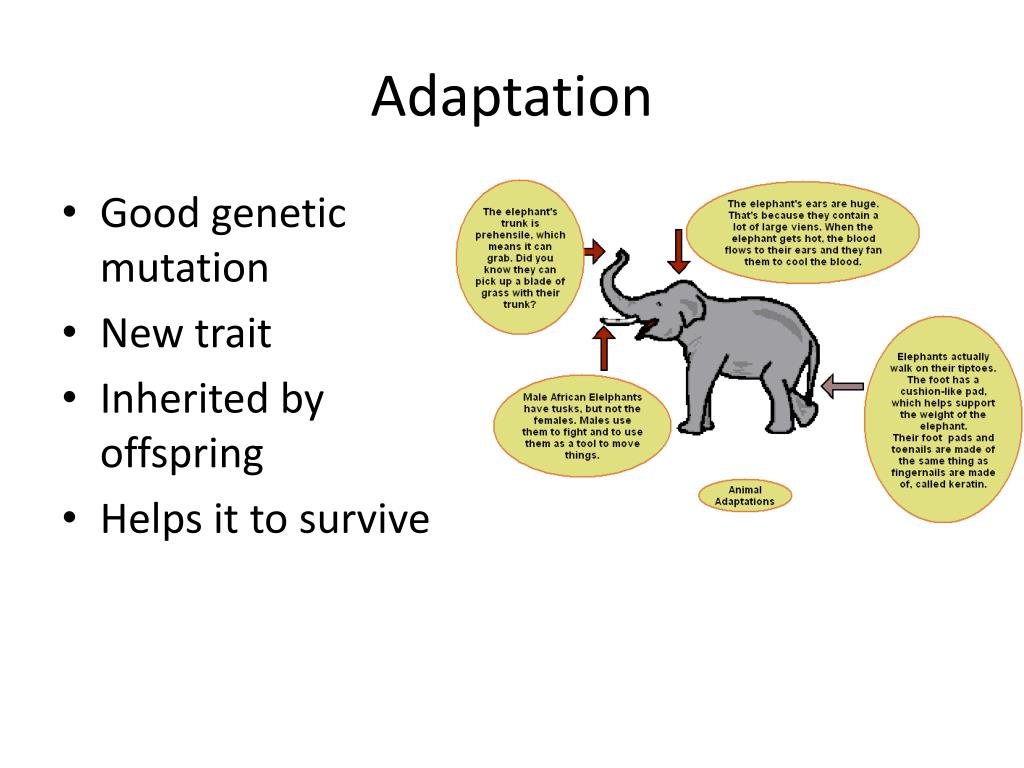The origin of Indo-European languages has sparked immense interest among linguists, archaeologists, and geneticists, particularly in light of recent groundbreaking studies. These studies reveal that speakers of this vast language family, encompassing over 400 languages and spoken by roughly 40% of the world’s population, first emerged in the Caucasus Lower Volga region of present-day Russia around 6,500 years ago. With an intricate web of connections between the Yamnaya culture and proto-Indo-European speakers, researchers have utilized ancient DNA studies to trace genetic ancestry and linguistic diffusion across continents. This landmark research confirms that the Yamnaya people not only cultivated their unique culture but also played a pivotal role in the dispersal of these ancient languages. As the Yamnaya culture thrived, it became the foundation for a tradition that continues to shape modern languages and societies today.
Exploring the roots of the Indo-European language family uncovers a rich tapestry of historical interactions and migrations that shaped human communication. Often referred to as the ancestral tongues from which numerous contemporary languages derive, these languages can be traced back through regions such as the Lower Volga and the Caucasus. The Yamnaya culture, associated closely with the origins of these languages, is integral to understanding the genetic lineage that underpins linguistic evolution. Scholars have utilized ancient DNA analyses to reveal the dynamics of mingling populations and cultures over millennia, painting a vivid picture of how proto-Indo-European speakers spread their language across vast territories. This significant historical narrative not only enhances our appreciation of linguistic diversity but also highlights the complex interplay of genetics and cultural exchange in human history.
The Indo-European Language Family: A Global Perspective
The Indo-European language family remains one of the largest and most widely spoken language groups in the world, encompassing over 400 languages including major global tongues such as English, Spanish, and Hindi. This expansive family accounts for about 40% of the worldwide population’s linguistic needs, demonstrating its profound impact on communication and culture. A significant aspect of this family is its ability to bridge various ethnicities and geographic boundaries, thus facilitating connections across diverse societies.
The lineage of Indo-European languages has sparked interest and research among linguists, archaeologists, and geneticists alike. By tracing the etymology of these languages, scholars have attempted to reconstruct their ancestral origins, which can be traced back to the steppes of Eurasia. This exploration has led to groundbreaking studies that link linguistic shifts with historical migrations, providing deeper insights into how language evolves in tandem with human movement and interaction.
Caucasus Lower Volga: The Origins of Proto-Indo-European Languages
Recent genetic studies have pin pointed the origins of proto-Indo-European languages to the Caucasus Lower Volga region, which existed approximately 6,500 years ago. This area is rich in archaeological sites that reveal the lifestyle of ancient peoples who spoke these ancestral languages. They were primarily nomadic pastoralists, adept in herding and agriculture, which enabled them to thrive and exchange in a landscape that was pivotal in the spread of language and culture throughout Eurasia.
The studies published in Nature offer an unprecedented view of the ancestral mix that characterized the speakers of this proto-language. Researchers have gathered DNA evidence linking these early inhabitants to the Yamnaya culture, known for its unique burial practices and widespread linguistic influence. The blending of populations in this region facilitated cultural exchanges that were crucial for the development of Indo-European languages, impacting societies as far-reaching as India and Western Europe.
The Significance of the Yamnaya Culture in Language Dissemination
The Yamnaya culture is celebrated not only for its archaeological significance but also for its role in the dissemination of language across Europe and Asia. Their sophisticated understanding of livestock management and mobility contributed to their ability to spread their linguistic traditions. The Yamnaya were among the first to utilize horseback riding extensively, which revolutionized transportation and allowed them to traverse vast distances while carrying their cultural heritage and language.
As these groups expanded, they established trade routes and intermingled with local populations. This dynamic interaction was instrumental in the proliferation of Indo-European dialects across varying landscapes. Importantly, the Yamnaya’s innovations, such as the use of wheeled vehicles, not only transformed their own culture but also influenced neighboring societies, leading to the adoption of language and many cultural practices by other groups.
Genetic Ancestry and the Evolution of Languages
The exploration of genetic ancestry has revolutionized our understanding of how Indo-European languages were propagated. Ancient DNA studies have unveiled complex demographic patterns revealing that language development does not occur in isolation but is rather intertwined with genetic mixing among diverse groups. By studying the ancient genomes of the Caucasus Lower Volga residents and other contemporaneous populations, researchers have crafted a clearer picture of how these linguistic transformations took place across regions.
This intersection of genetics and linguistics underscores the importance of interdisciplinary research in unraveling historical mysteries. For instance, findings suggest that as Yamnaya speakers migrated, their genetic markers spread throughout Europe, underlining how languages and people evolved side by side. By examining these genetic footprints, scholars can better trace the evolution of languages and appreciate the intricate web of human history that shaped our modern linguistic landscape.
The Archaeological Evidence of Language Origins
Archaeological findings from the Caucasus Lower Volga region provide critical insights into the early civilizations that contributed to the development of Indo-European languages. Excavations have unveiled burial mounds known as kurgans, where ancient peoples interred their dead in elaborate rituals. These tombs not only signify the cultural practices of the Yamnaya but also serve as tangible evidence of their linguistic roots, as the artifacts found alongside skeletal remains offer context regarding social structure and daily life.
The preservation of these structures allows for the comparative study of various cultural outputs across time. By analyzing burial styles and grave goods, archaeologists can piece together the lifestyle patterns and belief systems of these early populations. This archaeological evidence furthers our comprehension of how language, culture, and spiritual beliefs were interrelated, ultimately shaping what became known as the Indo-European linguistic family.
Challenges in Linguistic Research: The Impact of War on Scientific Progress
The ongoing conflict in Ukraine has disrupted essential collaborative efforts in linguistic research, particularly where Indo-European studies are concerned. Many historians and researchers face challenges in accessing sites and participating in joint studies due to geopolitical tensions. Such fragmentation of research efforts has significant implications for the reconstruction of migrations and cultural shifts that contributed to the spread of Indo-European languages.
Despite these challenging circumstances, the scientific community continues to strive for progress. The division necessitates creative solutions, including virtual collaboration and remote data sharing, which allow researchers to continue their inquiries into the origins and evolution of languages. This resilience demonstrates the importance of interdisciplinary scholarship and the commitment of scholars dedicated to preserving historical and linguistic knowledge, even amidst adversity.
Interdisciplinary Approaches to Understanding Language Evolution
The integration of genetics, archaeology, and linguistics has offered unprecedented insights into the origins of the Indo-European languages. This collaborative approach has led to a robust understanding of how language and genetics inform one another. Genetic data not only illustrates population movements but also allows researchers to link these migrations directly to linguistic changes, enhancing our understanding of the evolutionary processes behind the languages we speak today.
By supporting interdisciplinary collaborations, research institutions can foster an environment for innovative methodologies and comprehensive analysis. This synergy promotes a deeper exploration of ancient populations and their languages, thereby creating detailed narratives about human history. Engaging diverse perspectives provides a clearer understanding of how languages flourish, evolve, and ultimately shape global cultures.
Implications for Modern Linguistics and Cultural Identity
Understanding the roots of Indo-European languages carries profound implications for modern linguistics and cultural identity. As we uncover the ancestry of these languages, we also recognize the intricate tapestry of human connections forged across millennia. Language serves as a powerful identifier of cultural heritage and lineage, allowing communities to retain their distinct identities even as they adopt and adapt elements from adjacent cultures.
In acknowledging our linguistic roots, societies can cultivate a sense of pride in their heritage while promoting linguistic diversity. The resurgence of interest in ancient languages and dialects stems from a desire to connect with history and understand the implications of language evolution on modern storytelling, communication, and identity. The studies tracking the Indo-European languages reveal not just a reflection of language itself but also an ever-evolving dialogue about who we are and where we come from.
Future Directions in Indoeuropean Language Studies
As research on Indo-European languages continues to evolve, future studies will likely focus on developing advanced methodologies that incorporate genetic analysis with linguistic research. Emerging technologies in genomics and data analysis hold the promise of uncovering even deeper insights into the migrations and cultural exchanges between ancient populations. Such advancements can refine existing hypotheses and provide new evidence that enhances our understanding of language development over time.
Moreover, as global contexts shift and countries redefine their cultural narratives, the relevance of studying Indo-European languages will become even more pronounced. Understanding the dynamics of language evolution in relation to migration and inter-environmental interactions will pose exciting new questions for researchers. By continuing to bridge disciplines and fostering collaborative research efforts, scholars can navigate the rich complexities of our linguistic heritage and its impact on the present and future.
Frequently Asked Questions
What is the connection between the Caucasus Lower Volga and the origin of Indo-European languages?
The Caucasus Lower Volga people are identified as the originators of Indo-European languages, having lived in present-day Russia around 6,500 years ago. This recent genetic research links them to the Yamnaya culture, showing how they contributed to the spread of proto-Indo-European languages.
How does ancient DNA research help trace the origins of Indo-European languages?
Ancient DNA studies provide crucial genetic evidence that helps identify the ancestry and migration patterns of early populations, such as the Caucasus Lower Volga people and their connections to the Yamnaya culture, which played a significant role in the dispersion of proto-Indo-European languages.
What role did the Yamnaya culture play in the dispersal of Indo-European languages?
The Yamnaya culture, known for their nomadic pastoral lifestyle, is believed to have spread proto-Indo-European languages across Europe and into Asia approximately 5,000 years ago, as they migrated from the Eurasian steppes, enhancing cultural exchanges and linguistic diversity.
What evidence supports the theory that Indo-European languages originated near the lower Volga River?
Genetic analyses from ancient DNA samples indicate that the Caucasus Lower Volga people, who inhabited areas near the lower Volga River, are linked to the early speakers of proto-Indo-European languages, confirming their role as a pivotal source for this major language family.
How did genetic ancestry contribute to our understanding of Indo-European languages?
By examining genetic ancestry through ancient DNA studies, researchers have uncovered a distinct genetic background for the Caucasus Lower Volga people, illustrating their influence on subsequent populations, including the Yamnaya, which led to the widespread dispersal of Indo-European languages.
Why are the Yamnaya considered key figures in the development of Indo-European languages?
The Yamnaya are considered key figures in the development of Indo-European languages due to their large-scale migrations and cultural practices, which facilitated the spread of linguistic traits across vast geographic regions, from the Eurasian steppes to Western Europe.
What is the significance of the term ‘proto-Indo-European’ in the context of language origin studies?
The term ‘proto-Indo-European’ refers to the hypothesized common ancestor language of the Indo-European language family, believed to have been spoken by groups such as the Caucasus Lower Volga people, and represents a foundation for understanding the linguistic evolution that followed.
How did the geographical spread of the Yamnaya impact Indo-European language diversity?
The geographical spread of the Yamnaya people from their origins near the Black and Caspian seas into Europe and Asia led to significant linguistic diversity, as their migrations facilitated the development of various Indo-European languages observed today.
What challenges do researchers face in studying the origins of Indo-European languages?
Researchers encounter challenges such as political instability affecting collaboration, the need for comprehensive archaeological and genetic data, and complexities arising from multiple ancient populations that contributed to the linguistic landscape of Indo-European languages.
What are the implications of these findings for understanding human history and migration?
These findings highlight the intricate connections between language, culture, and genetics, offering insights into ancient human migrations, social structures, and interactions, particularly concerning the dissemination of Indo-European languages and the associated Yamnaya culture.
| Key Area | Details |
|---|---|
| Origin | Caucasus Lower Volga people in present-day Russia, around 6,500 years ago. |
| Significance | Source of over 400 Indo-European languages, spoken by 40% of the global population. |
| Cultural Impact | Yamnaya people spread language and culture from the steppe to as far as Ireland and Mongolia. |
| Research Method | Combines linguistic reconstructions with DNA evidence to pinpoint origins. |
| Collaborative Effort | Involves linguists, archaeologists, and geneticists to provide a comprehensive understanding. |
| Current Relevance | Impacted by the Russia-Ukraine war, affecting scholar collaboration. |
Summary
The Indo-European languages origin has been traced back to the Caucasus Lower Volga people, who lived approximately 6,500 years ago. This discovery showcases the crucial blend of genetic and cultural histories that have shaped the languages spoken by a significant portion of the world today. Researchers have pieced together evidence from various studies, revealing how the Yamnaya people and their predecessors influenced language dispersion across vast regions, highlighting the intricate tapestry of human migration and cultural exchange. The ongoing quest to decode the origins of the Indo-European languages remains a testament to the collaborative efforts of modern science.




